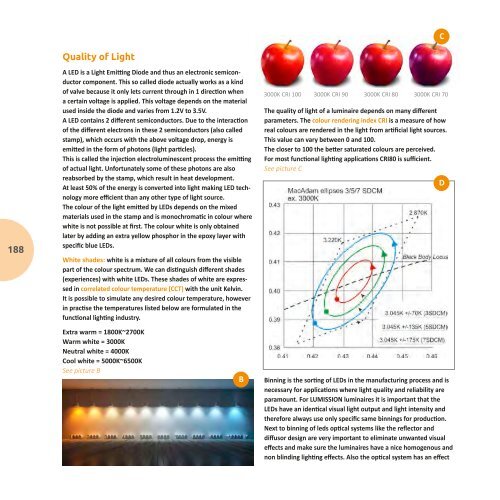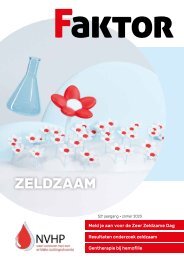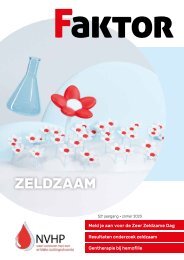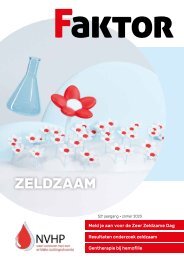Create successful ePaper yourself
Turn your PDF publications into a flip-book with our unique Google optimized e-Paper software.
C<br />
Quality of Light<br />
NE: Kwaliteit van het licht<br />
188<br />
A LED is a Light Emitting Diode and thus an electronic semiconductor<br />
component. This so called diode actually works as a kind<br />
of valve because it only lets current through in 1 direction when<br />
a certain voltage is applied. This voltage depends on the material<br />
used inside the diode and varies from 1.2V to 3.5V.<br />
A LED contains 2 different semiconductors. Due to the interaction<br />
of the different electrons in these 2 semiconductors (also called<br />
stamp), which occurs with the above voltage drop, energy is<br />
emitted in the form of photons (light particles).<br />
This is called the injection electroluminescent process the emitting<br />
of actual light. Unfortunately some of these photons are also<br />
reabsorbed by the stamp, which result in heat development.<br />
At least 50% of the energy is converted into light making LED technology<br />
more efficient than any other type of light source.<br />
The colour of the light emitted by LEDs depends on the mixed<br />
materials used in the stamp and is monochromatic in colour where<br />
white is not possible at first. The colour white is only obtained<br />
later by adding an extra yellow phosphor in the epoxy layer with<br />
specific blue LEDs.<br />
White shades: white is a mixture of all colours from the visible<br />
part of the colour spectrum. We can distinguish different shades<br />
(experiences) with white LEDs. These shades of white are expressed<br />
in correlated colour temperature (CCT) with the unit Kelvin.<br />
It is possible to simulate any desired colour temperature, however<br />
in practise the temperatures listed below are formulated in the<br />
functional lighting industry.<br />
Extra warm = 1800K~2700K<br />
Warm white = 3000K<br />
Neutral white = 4000K<br />
Cool white = 5000K~6500K<br />
See picture B<br />
B<br />
3000K CRI 100 3000K CRI 90 3000K CRI 80 3000K CRI 70<br />
The quality of light of a luminaire depends on many different<br />
parameters. The colour rendering index CRI is a measure of how<br />
real colours are rendered in the light from artificial light sources.<br />
This value can vary between 0 and 100.<br />
The closer to 100 the better saturated colours are perceived.<br />
For most functional lighting applications CRI80 is sufficient.<br />
See picture C<br />
Binning is the sorting of LEDs in the manufacturing process and is<br />
necessary for applications where light quality and reliability are<br />
paramount. For <strong>LUMISSION</strong> luminaires it is important that the<br />
LEDs have an identical visual light output and light intensity and<br />
therefore always use only specific same binnings for production.<br />
Next to binning of leds optical systems like the reflector and<br />
diffusor design are very important to eliminate unwanted visual<br />
effects and make sure the luminaires have a nice homogenous and<br />
non blinding lighting effects. Also the optical system has an effect<br />
D<br />
on the quality of light and will influence the colour tolerance<br />
number of the luminaire. This colour deviation number is expressed<br />
in the unit MacAdams steps and can be divided into 7 steps of<br />
SDCM. The <strong>LUMISSION</strong> luminaires for functional lighting all have a<br />
SDCM

















